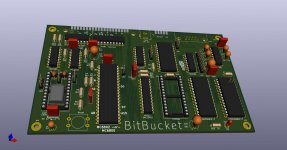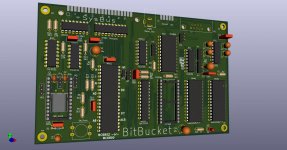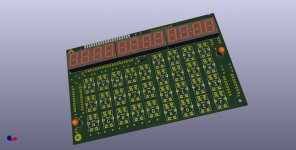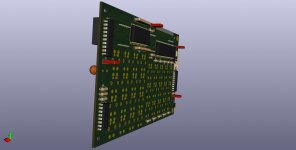falter
Veteran Member
You're going to make me drag out the MSI aren't you? 
I too am curious. I did dump the other two EPROMs on the cpu board and can post them here... but they just yielded FFs and checksums... unless my 2708 reader wasn't working.
Let me dig it out and look around. It'll give me a welcome break from scratching my head with this Osborne.
I too am curious. I did dump the other two EPROMs on the cpu board and can post them here... but they just yielded FFs and checksums... unless my 2708 reader wasn't working.
Let me dig it out and look around. It'll give me a welcome break from scratching my head with this Osborne.




